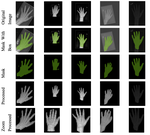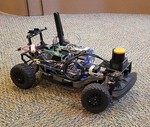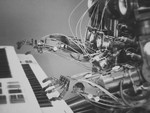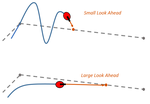Weiyi Tang
Master of Science in Electrical Engineering
University of Pennsylvania
Hi there!
I am a graduate student at University of Pennsylvania. I am currently a research assistent at Kod Lab, a subsidiary of the Penn Engineering GRASP Lab. My research interest lies in the interaction of robotics, control and vision. I am currently working on applying reinforcement learning to a single leg of a direct-drive robot like Minitaur and learning predictive models from observation and interaction. I am particularly excited about finding ways to make robots interact with the physical environment surrounding them, then solve challenging tasks automatically.
Interests
- Robotics
- Control
- Motion Planning
- Computer Vision
- Reinforcement Learning
Education
MS in Electrical Engineering, 2020
University of Pennsylvania, US
BS in Electrical Engineering and Automation, 2018
Hunan University, CN




